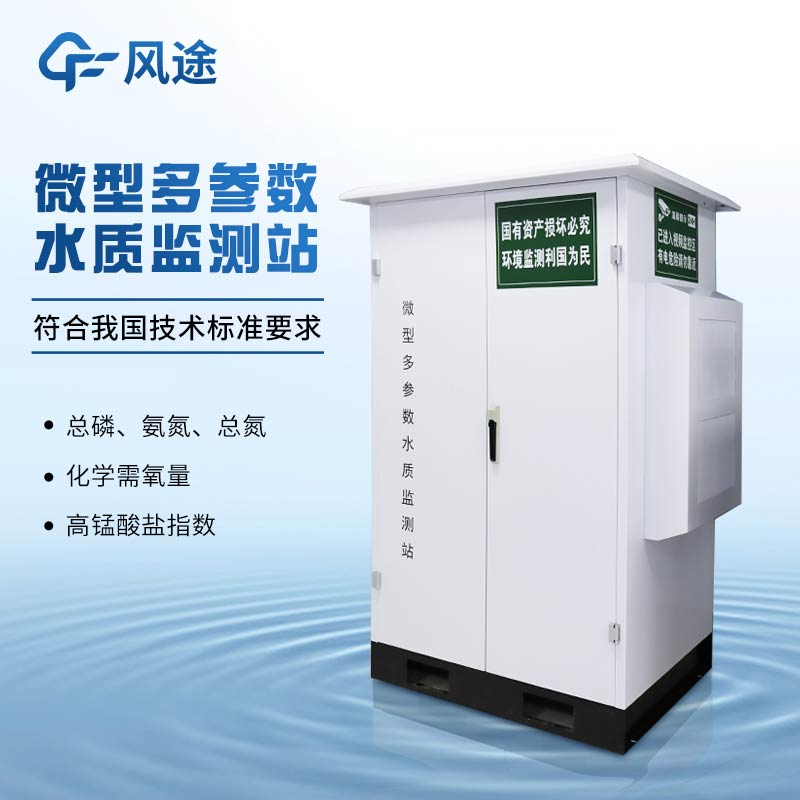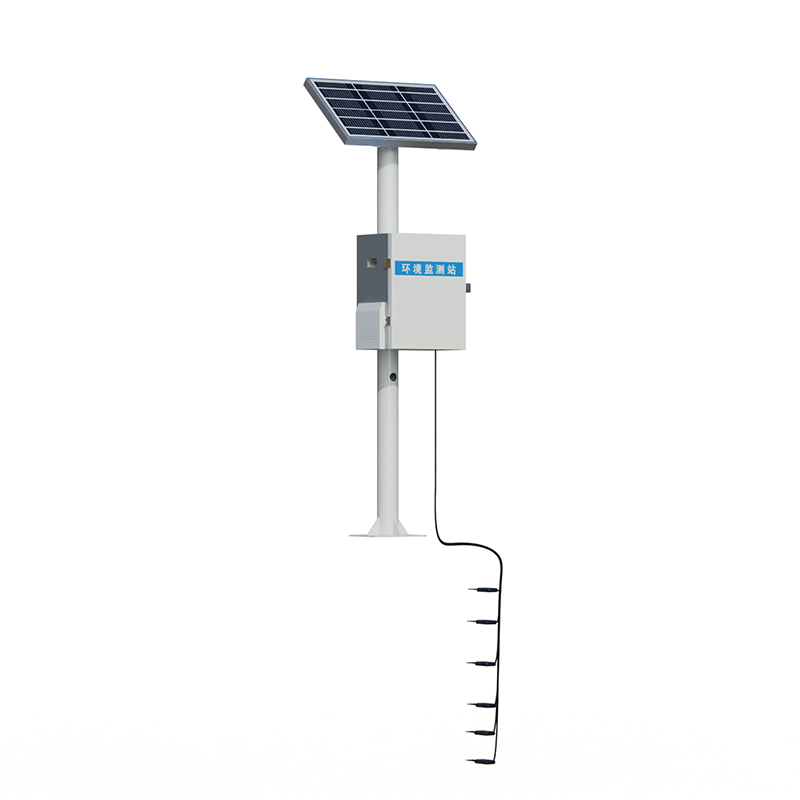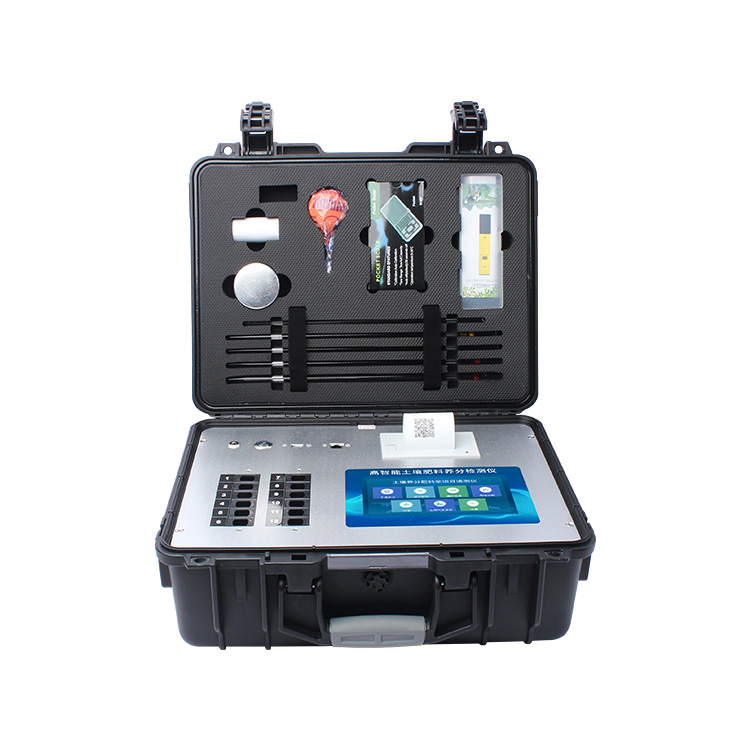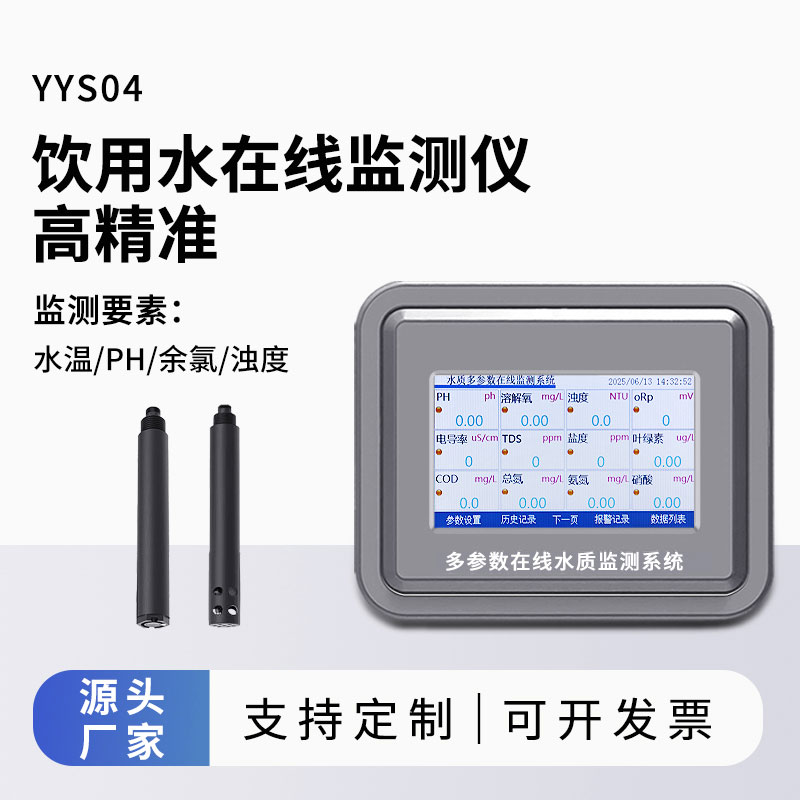Water, as a precious resource given to us by nature, is not only vital to the daily production and life of human beings, but also key to maintaining biodiversity and ecological balance. It is also the cornerstone for sustained economic growth. Therefore, maintaining a clean water environment and ensuring the safety of water resources play an irreplaceable role in the prosperity of cities. Exploring ways to efficiently utilize water resources, rigorously manage water resources, and continuously improve water quality are key to achieving sustainable water use. By monitoring water quality in real time, we are able to manage and protect the water environment more effectively, which plays a crucial role in water environment management.
The continuous expansion of the ecological monitoring network and the grid layout of water quality monitoring are driving the development of automatic monitoring stations towards wider distribution and more detailed coverage. This development trend is to better realize the tracking and positioning of pollution sources, real-time early warning of water quality, and performance evaluation of the river chief system, etc., all of which rely on the application of big data technology.
Against this backdrop, the Smart Water Quality Monitor has been developed as an innovative product to meet the high standards of density, frequency and cost-effectiveness of monitoring points demanded by the environmental protection, water conservancy and water utility industries. With its compact size, efficient monitoring capability and economical cost advantage, this type of monitoring station provides strong technical support for intelligent management and protection of the water environment.
The Smart Water Quality Monitor utilizes an innovative, integrated design that combines a sampling distribution system, a detection module (five separate measurement modules covering key water quality parameters such as total phosphorus, total nitrogen, chemical oxygen demand, permanganate index, ammonia, etc.), a quality monitoring module, and ancillary facilities (including a waste liquid recovery system, a lightning protection system, an air-conditioning system, etc.). As the core of the monitoring station, the testing component is designed in strict accordance with national water quality analysis standards to ensure the accuracy and scientificity of the monitoring results. Meanwhile, the measurement of conventional five-parameter indicators is realized by advanced multi-electrode integration technology, the application of which not only improves the accuracy of measurement, but also enhances the automation and intelligence level of the monitoring station.

This paper addresses:https://fengtusz.com/industry/436.html









